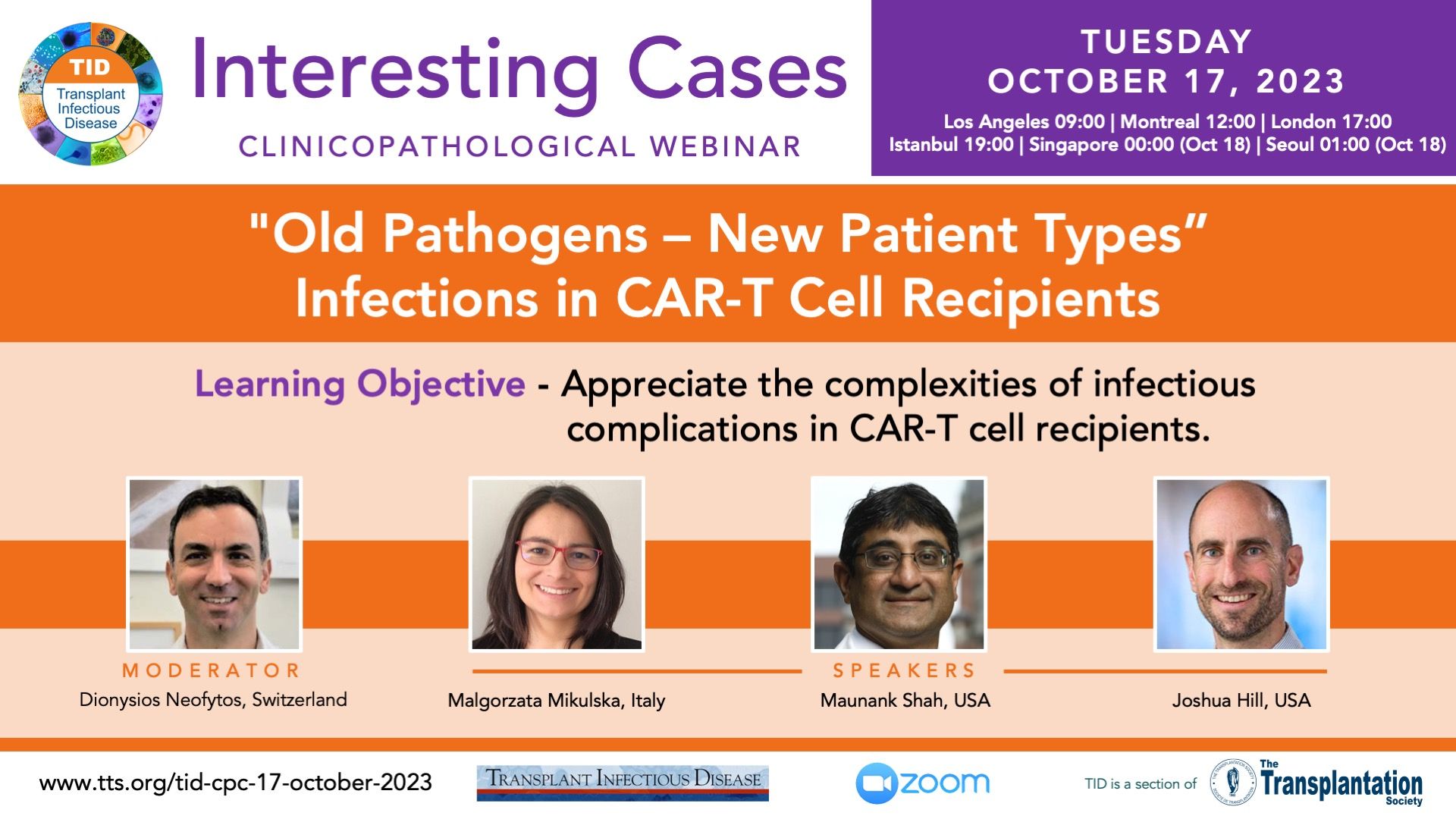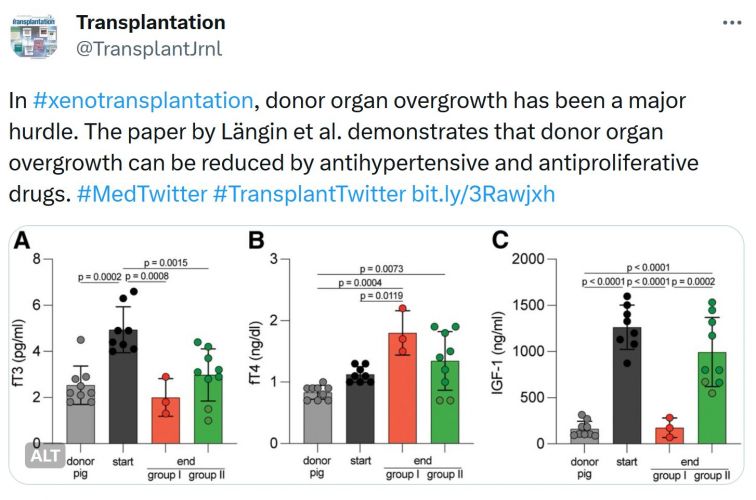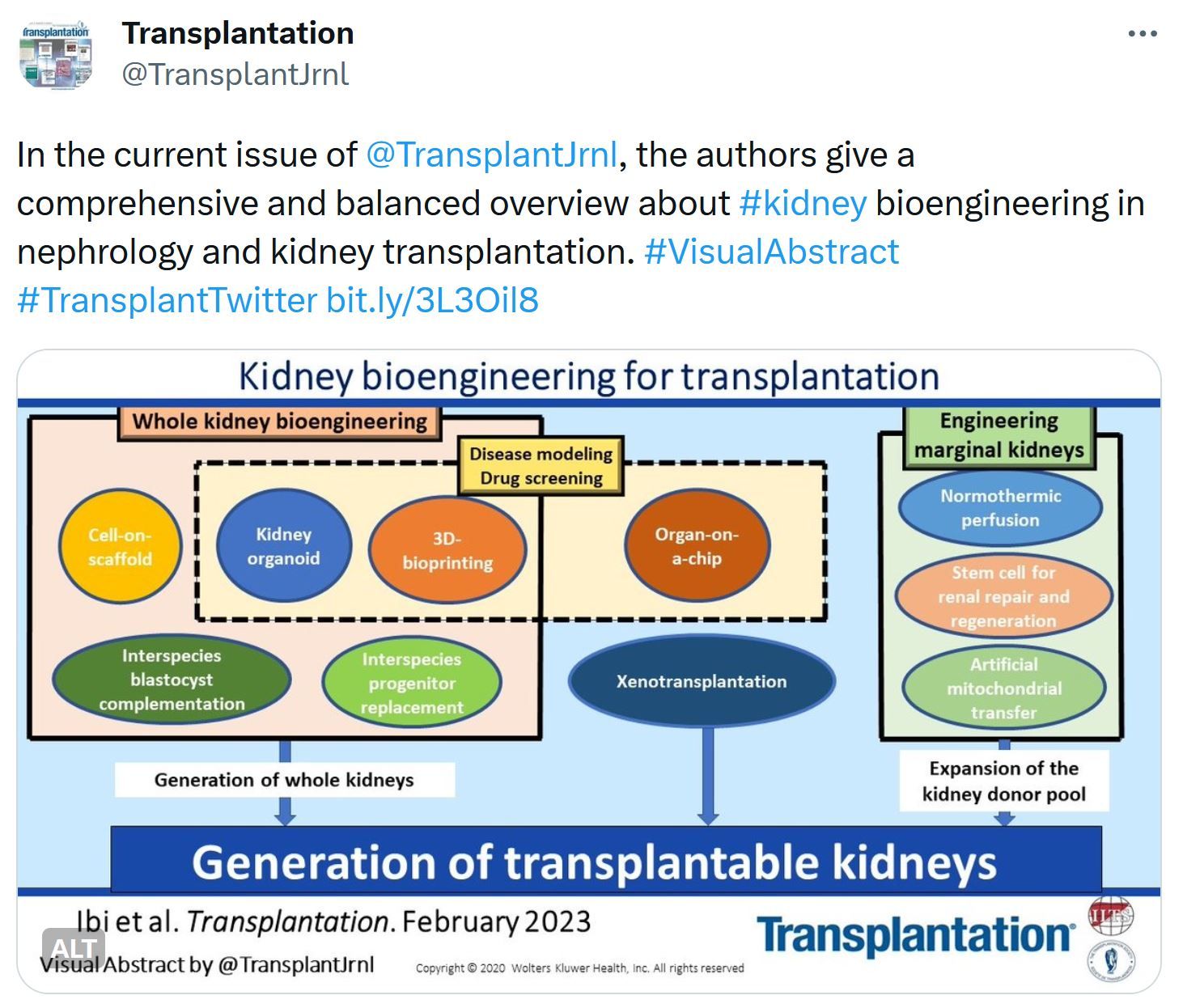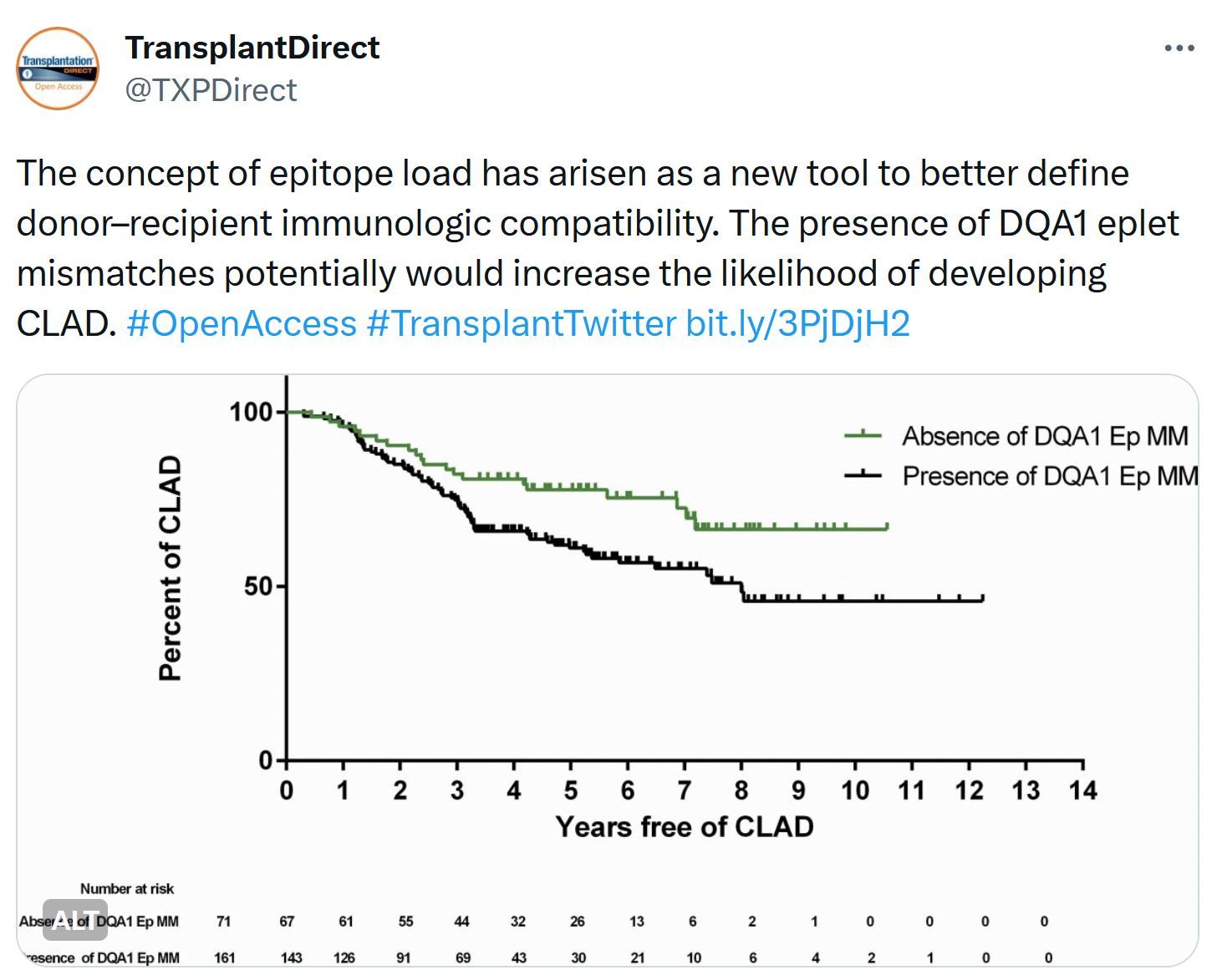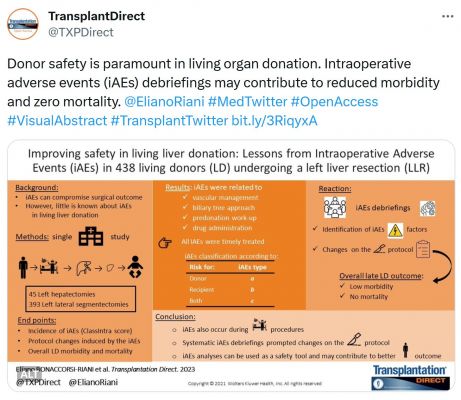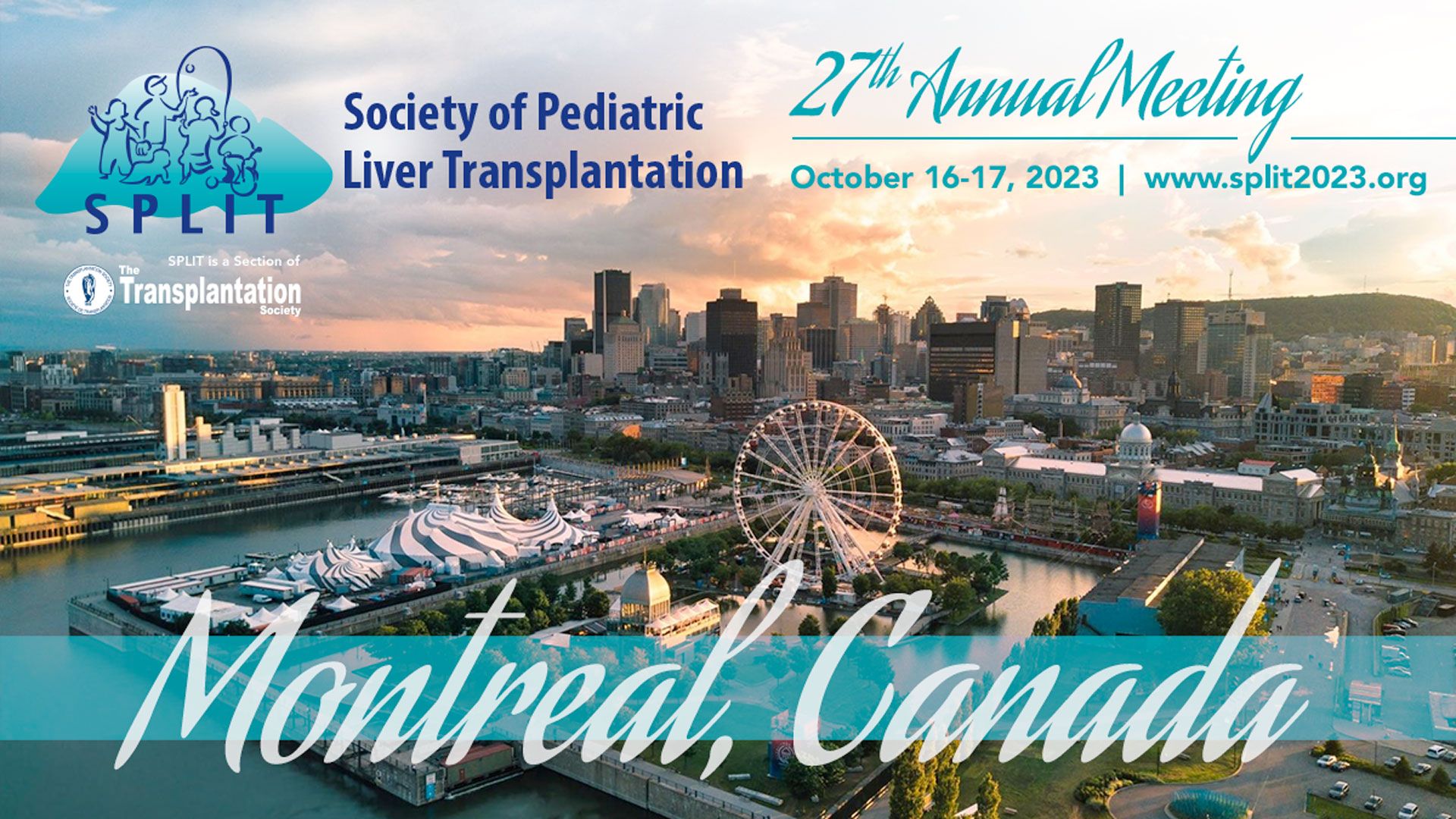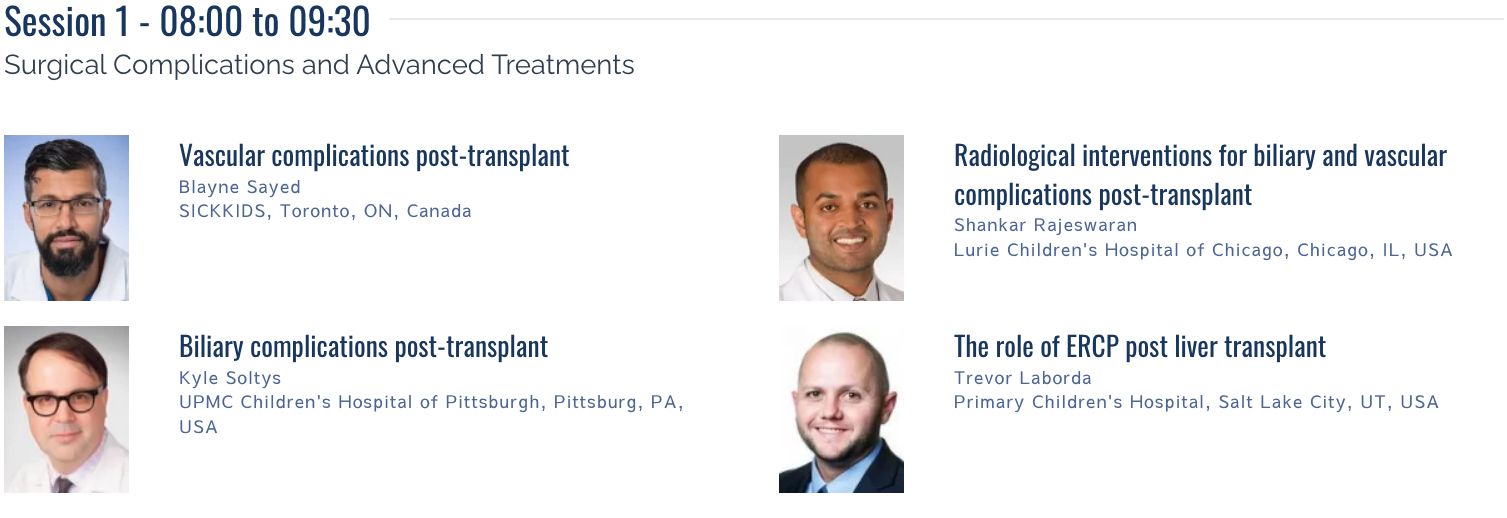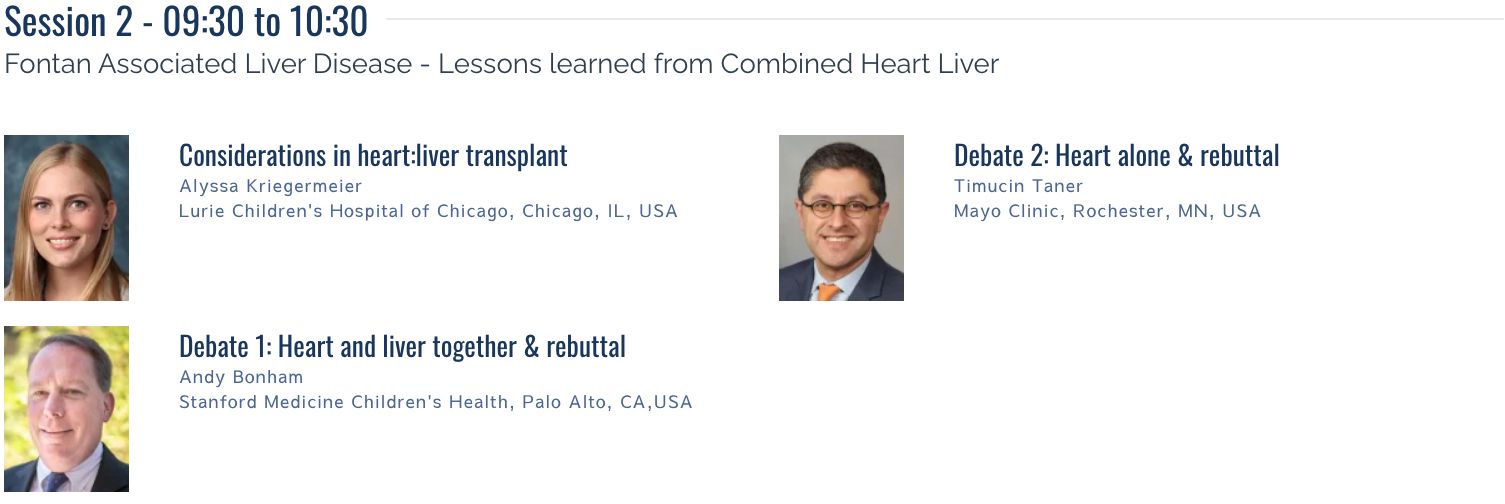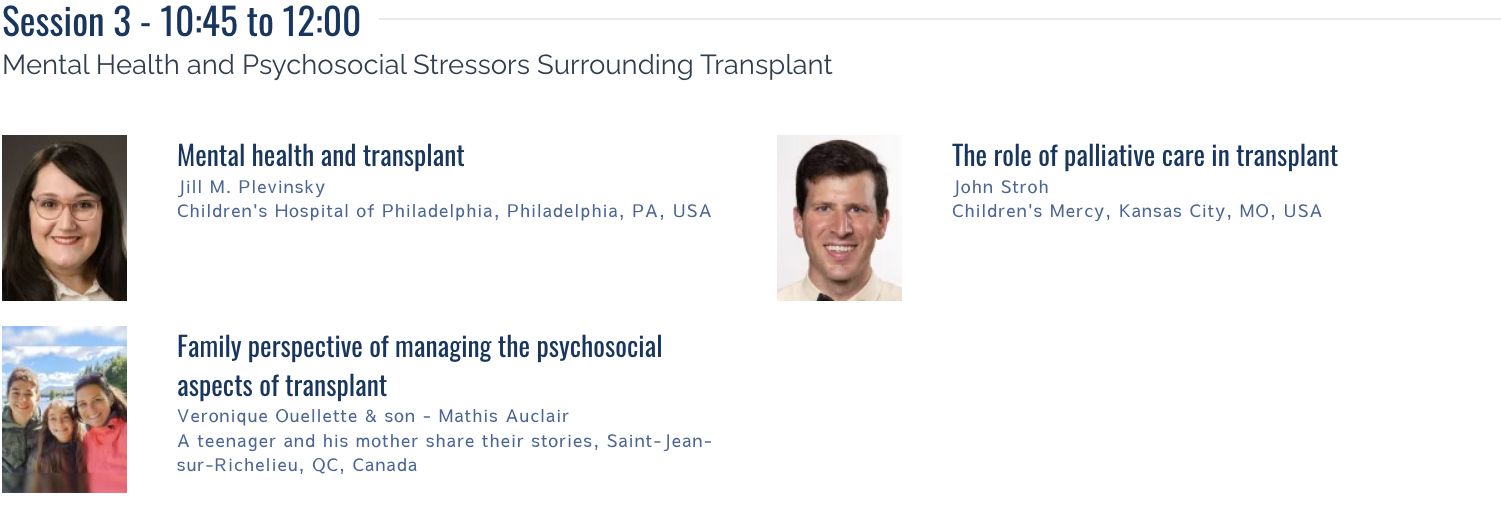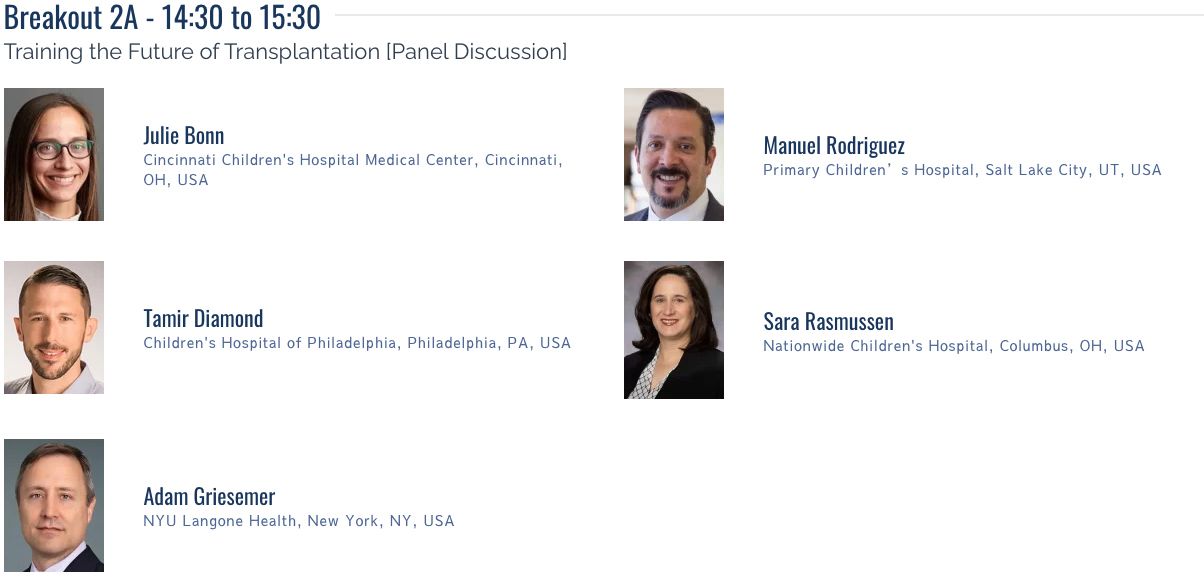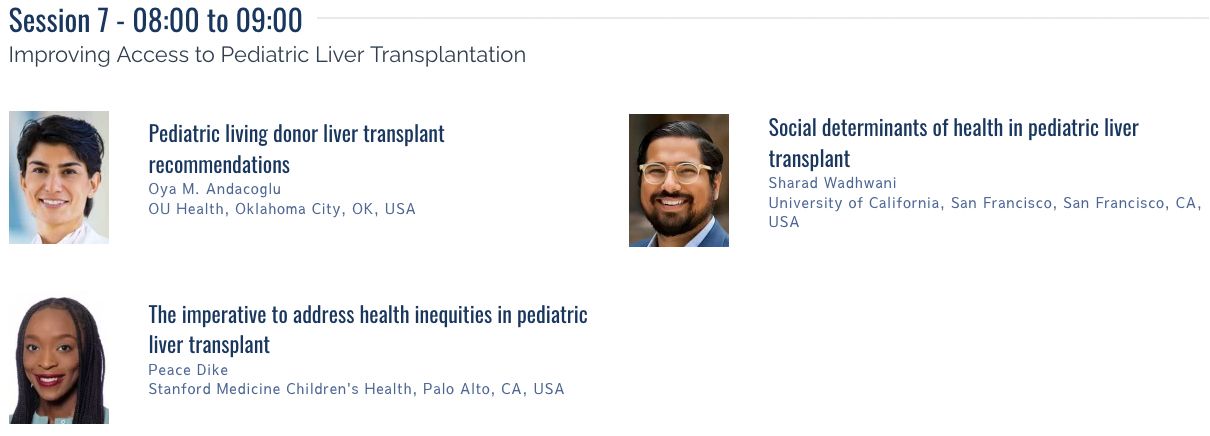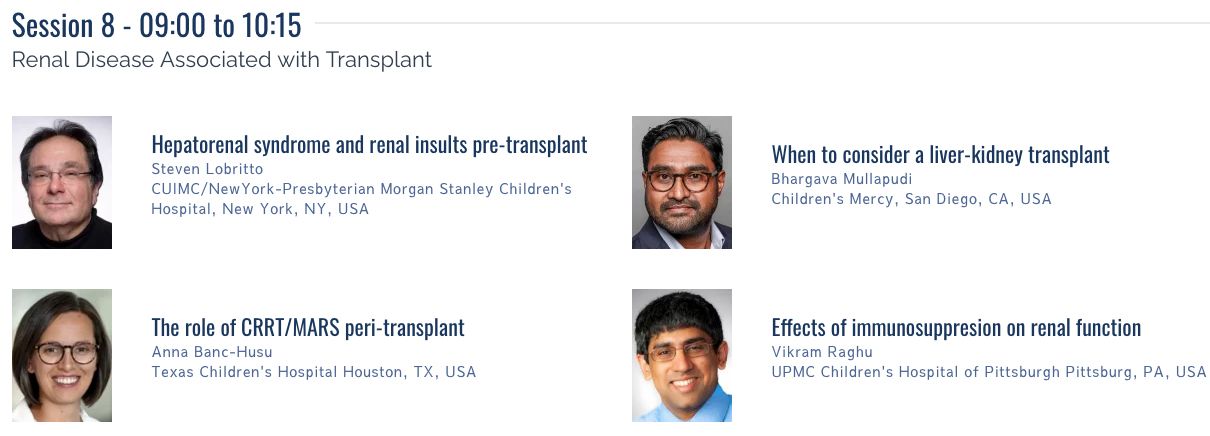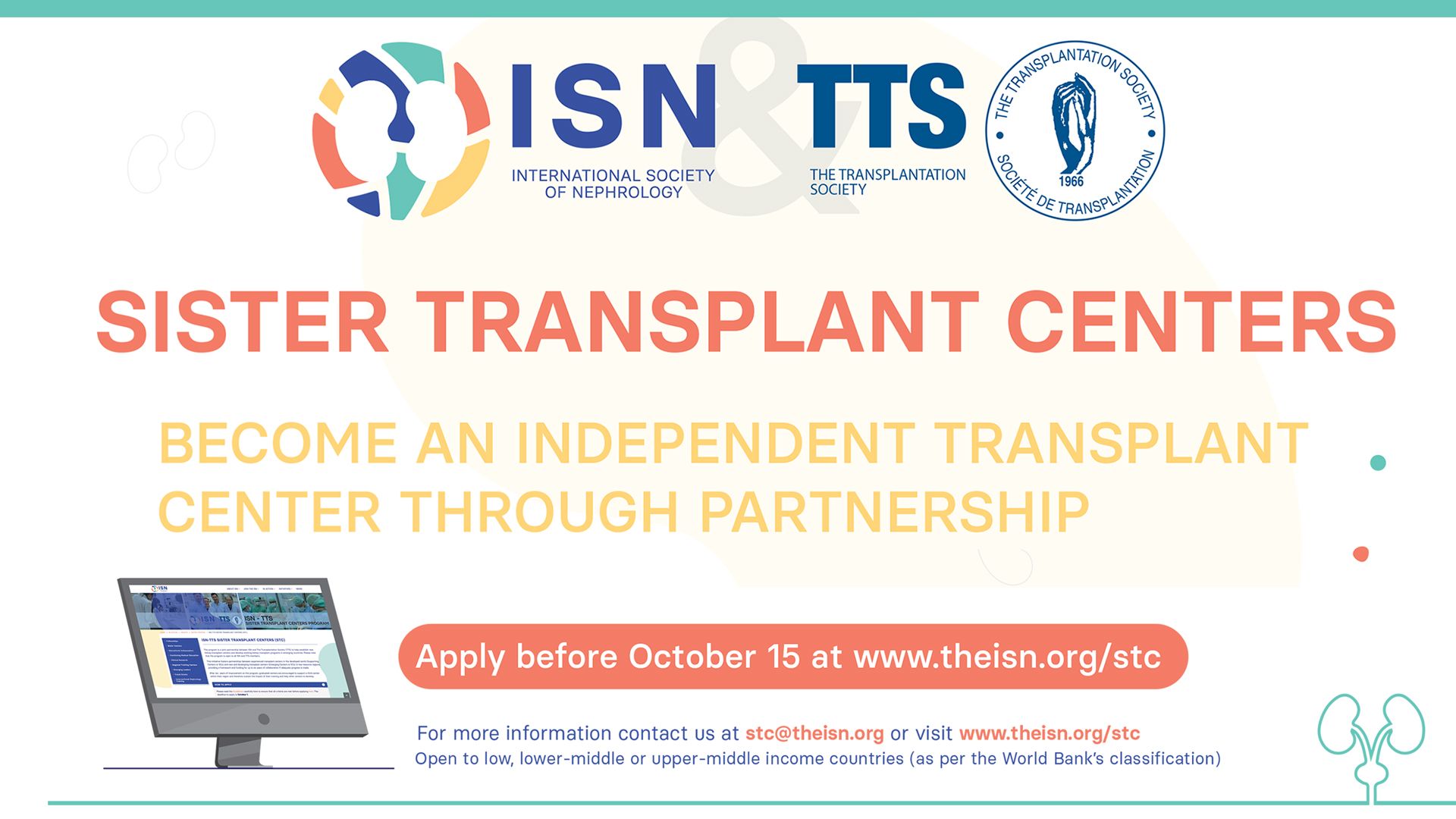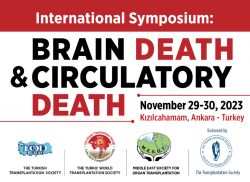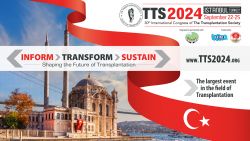
Clinicians Perform Second Historic Transplant of Pig Heart into Patient
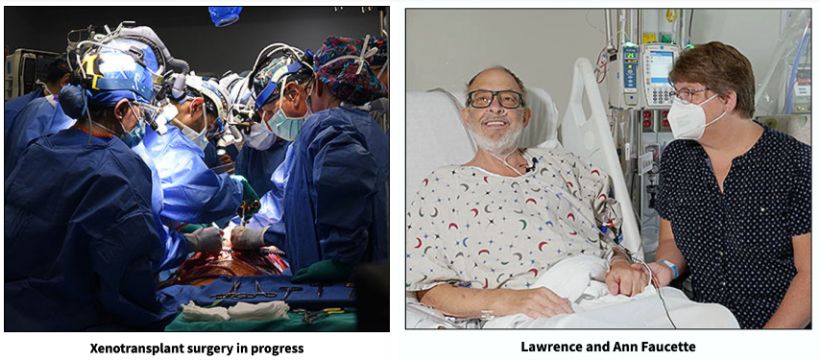
University of Maryland Medicine Faculty-Scientists and Clinicians Perform Second Historic Transplant of Pig Heart into Patient with End-Stage Cardiovascular Disease
SPLIT 2023 - Online Registration Ends October 5
Register today and join leading experts and opinion leaders from all over the world as they present their latest data and address important needs in clinical pediatric liver transplant and hosting sessions devoted to emerging research in the field.
Program Hightlights - October 16
Program Hightlights - October 17
TTS-ISN Sister Centers Application Submission - Deadline October 15
Contact
Address
The Transplantation Society
International Headquarters
740 Notre-Dame Ouest
Suite 1245
Montréal, QC, H3C 3X6
Canada

